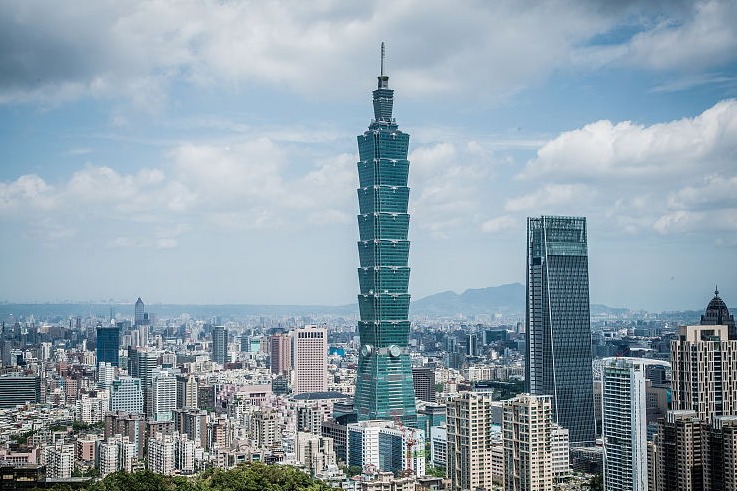Air, water quality continues to improve in Beijing

BEIJING - Air pollutant density was lowered in Beijing while its surface water environment also improved in 2016, according to a report released by Beijing Municipal Environment Protection Bureau Friday.
The city's drinking water reserves were expanded to over 1,300 square kilometers. The discharge of two key water pollutants, chemical oxygen demand (COD) and ammonia nitrogen, were reduced by 7.7 and 8.1 percent respectively, the report said.
More sewage treatment plants and water recycling facilities were put into operation last year, bringing its sewage treatment capacity to 6.72 million cubic meters per day, said Qiao Shufang, director of the bureau's environmental monitoring department.
The average density of PM2.5, airborne particles smaller than 2.5 microns in diameter, was 73 micrograms per cubic meter last year, down 9.9 percent year on year.
Densities of other air pollutants including sulfur dioxide, nitrogen dioxide, PM10, carbon monoxide and ozone all saw year-on-year decreases, said the report.
In 2016, Beijing had 198 days with good air quality, an increase of 12 days from 2015. The number of "heavy air pollution" days stood at 39, seven days fewer than that of 2015.
- World's first in-situ diameter-adjustable tunnel boring machine rolled out
- A date with Shandong: Adventures in Confucius' hometown
- Avatar meets reality
- Drone show lights up night sky with characters from classic Chinese film
- Shanghai police crack down on illegal drones
- Liu Haixing named head of International Department




































